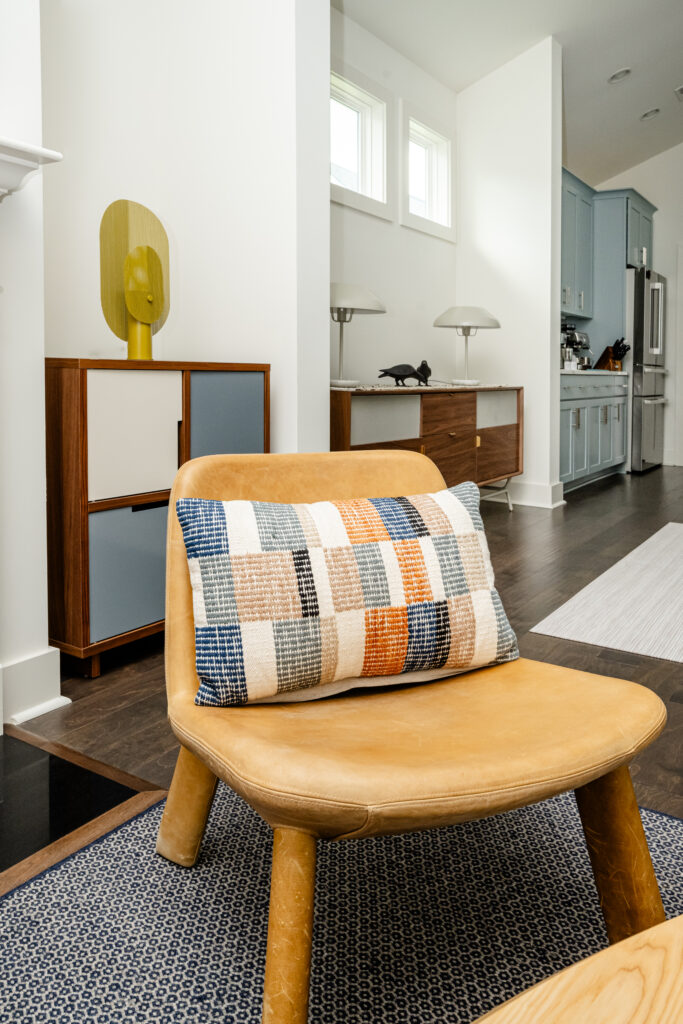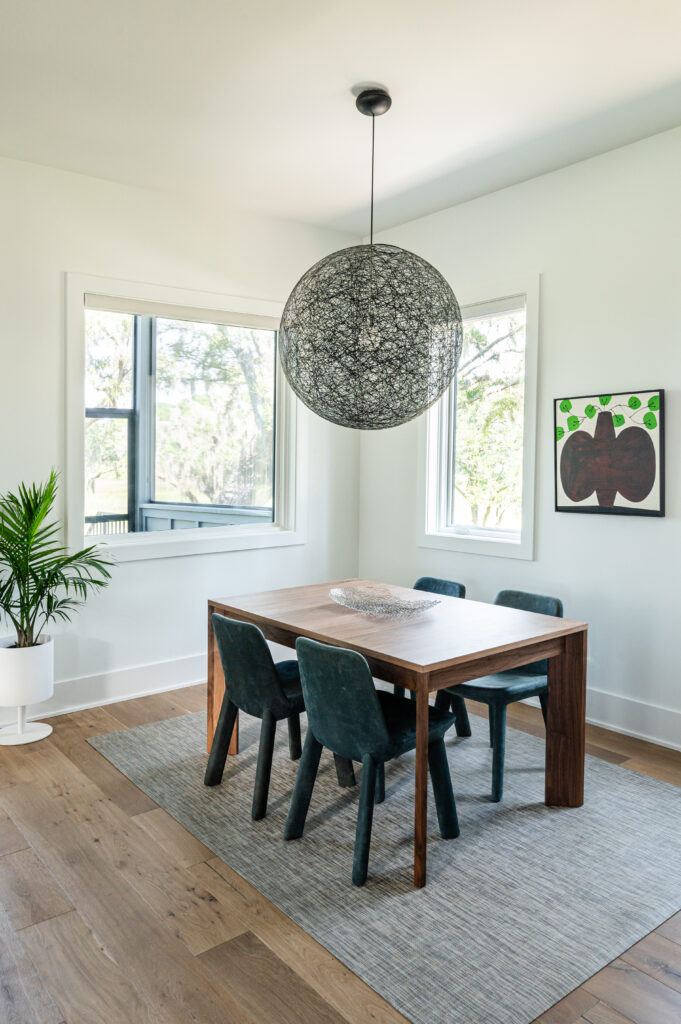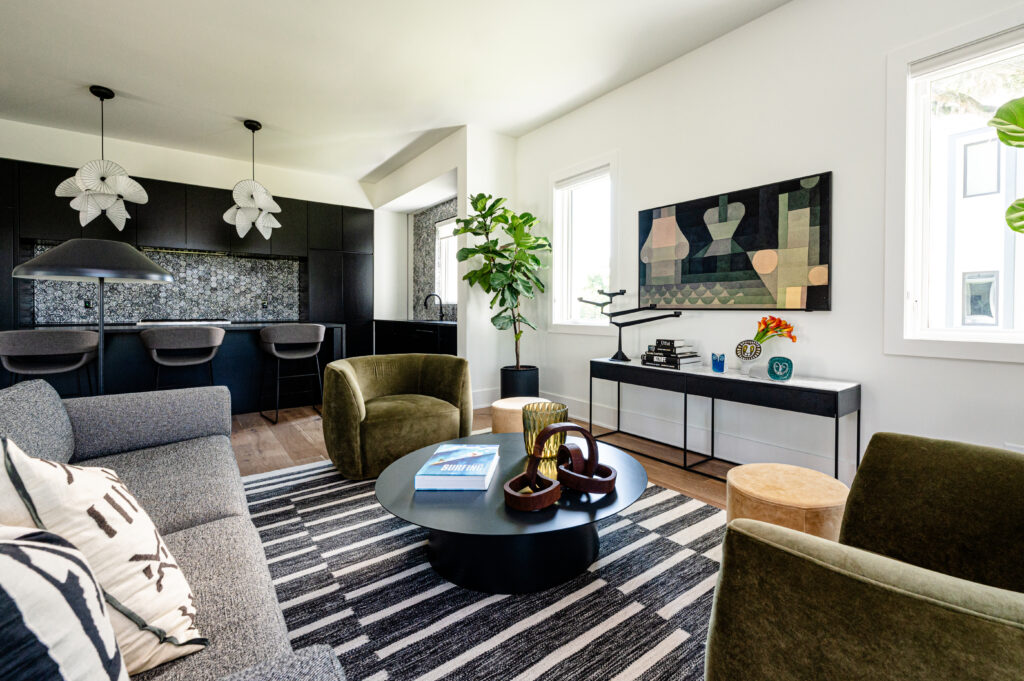Story by Micaela Arnett / June 24, 2024

Mid-century modernism is a design movement of the mid-20th century, roughly the 1940s to the 1960s. Characterized by clean lines, simple forms, and functional aesthetics, mid-century modern design emphasizes the integration of form and function.

Clean Lines and Minimal Ornamentation
Furniture with simple, sleek profiles.

Organic Shapes and Geometric Forms
Free-flowing natural shapes mixed with abstract, unnatural forms.

Functionality and Practicality
Furniture that serves a purpose with comfort, storage, and multi-use.

Natural Materials
Natural materials like wood (especially teak, walnut, oak), leather, and metal. Maximize natural light with large, unobstructed windows. Incorporate indoor plants to bring a touch of nature inside.

Bold Colors and Patterns
Use accent colors like mustard yellow, olive green, or burnt orange in throw pillows, rugs, or artwork. Geometric or abstract patterns work well for textiles and wallpaper.

Iconic Forms
Many iconic furniture designs from this era, like the Eames Lounge Chair, Noguchi Coffee Table, and Arne Jacobsen’s Egg Chair. Invest in one or two iconic pieces or look for quality reproductions to serve as focal points in your rooms.

Start with the Basics
Begin with a neutral base for your walls and larger pieces of furniture in whites, grays, or muted earth tones.

Add Statement Pieces
Introduce bold colors and patterns through smaller furniture, accessories, and textiles.

Mix Materials
Combine different materials to create a balanced look. For instance, pair a wooden dining table with metal or plastic chairs for contrast.

Embrace Open Space
Keep your layout open and uncluttered. Use furniture that is both functional and space-efficient.

By focusing on these elements and principles, you can successfully incorporate mid-century modern design into your home to create a stylish, functional, and timeless space.